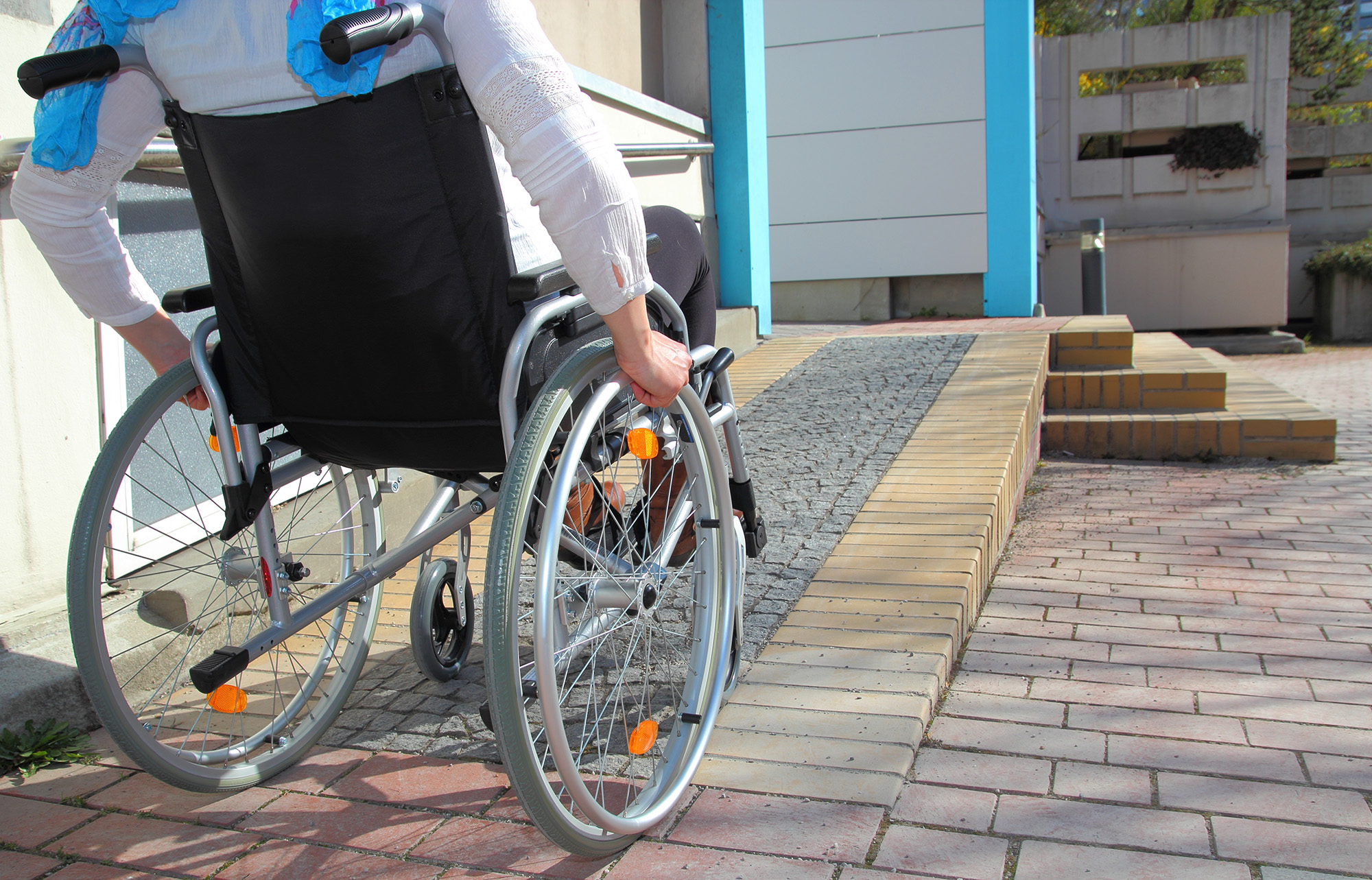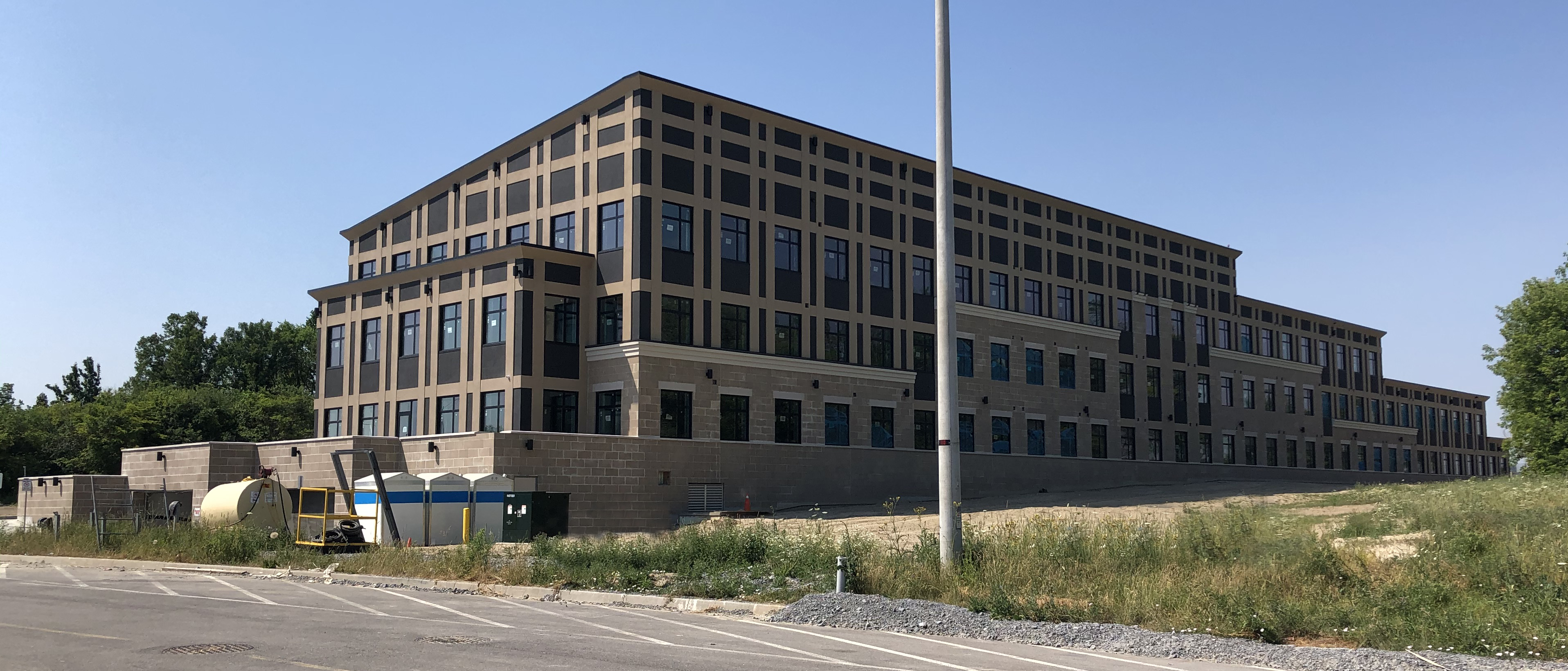
- Products
- Why Nudura
- Nudura Project Applications
- Training Academy
- Resources
- Company
Building codes are constantly evolving based on the latest research and market shifts. But rather than looking at local codes as a challenge to overcome, the best builders and architects see them as the minimum standard to meet and exceed to provide the highest quality and longest-lasting structures for their customers.
To ease this ever-changing process, here are four ways building codes will likely evolve, so you can make sure you’re ahead of the curve.
Accessibility
 As our population continues to age, older generations are increasingly looking to “age in place,” continuing to live in the homes where they raised their families. To accomplish that often requires accessibility retrofits to add-on accommodations like ramps, stair lifts and grab bars.
As our population continues to age, older generations are increasingly looking to “age in place,” continuing to live in the homes where they raised their families. To accomplish that often requires accessibility retrofits to add-on accommodations like ramps, stair lifts and grab bars.
Forward-thinking builders and architects are already incorporating features that future-proof homes for any necessary modifications down the road.
These vary from integrating wider doorways and hallways to accommodate wheelchairs to installing handrails along both sides of every stairway. Other options include roughing in wiring at the base of stairways for a future chair lift or stacking closets on each floor of a multi-story home that can be later converted into an elevator shaft.
Energy Efficiency
Every level of government, from municipal to federal, is actively looking at ways to address climate change. With heating and cooling our buildings as one of the largest consumers of energy, changes are necessary on a broad level. To conserve energy usage, we’ve already seen changes in codes to reflect an increase in the insulation levels for exterior walls and attics, along with measures to better seal the building envelope.
When it comes to the most energy-efficient homes, the current gold standard is Net Zero (NZ) and Net-Zero Ready (NZR). For new construction, Nudura’s insulated concrete forms (ICFs) are the ideal sustainable design solution for meeting and exceeding current and near-future building codes while also benefitting structures aiming to achieve net-zero energy and other sustainability goals.
With the two layers of EPS insulation on either side of the solid concrete core, a standard Nudura ICF wall assembly has an overall insulation value of R-24 with additional options available to reach levels up to R-48. The system’s thermal mass and foam, that acts as air and vapor barrier, further prevent drafts and air leakage to stabilize interior temperatures.
 Learn more about Canada's first net-positive office building.
Learn more about Canada's first net-positive office building.
Electrification
As part of the larger efforts to mitigate the impacts of climate change, environmental advocates are pushing towards cleaner sources of energy and electrification. Most industries and households have already moved away from inefficient incandescent lightbulbs in favor of LEDs, but you can expect other technology transitions too. For example, you may see an increased move towards heat pumps to provide heating and cooling, heat recovery ventilators, and energy monitors so owners can better regulate their mechanical systems and energy consumption.
In anticipation of the phase-out of gasoline engines in vehicles, many jurisdictions now also require any new build or substantial renovation to include the electrical rough-ins for an onsite electric vehicle (EV) charging station.
Resilience
An alarming side effect of climate change that we’re already seeing is a rise in severe weather events. These natural disasters include more frequent wildfires, torrential rainstorms and extreme temperature swings.
Building codes will increasingly call for stronger, weather-resistant materials that can withstand the worst that Mother Nature offers. Nudura ICFs offer the most durable solution on the market. ICF walls can withstand tornado- and hurricane-force winds up to 250 miles per hour. ICFs can also withstand the blow of and the blast of 50 pounds of TNT from six-feet away, all with little to no structural damage.
 Discover how this beachfront ICF home survived Hurricane Michael.
Discover how this beachfront ICF home survived Hurricane Michael.
Nudura ICF walls also have a fire-resistance rating of four hours – four times that of a wood-framed building. This means an ICF home is less likely to be destroyed in a fire and, crucially, provides extra time for residents to safely escape.
By anticipating and embracing changes to building codes, builders and architects will be better-suited to meet – and exceed – local requirements and, more importantly, their customers’ needs.
CONTACT US
We’re committed to supporting homeowners and design professionals who are interested in or use our products. We’re always happy to help and provide more information.




